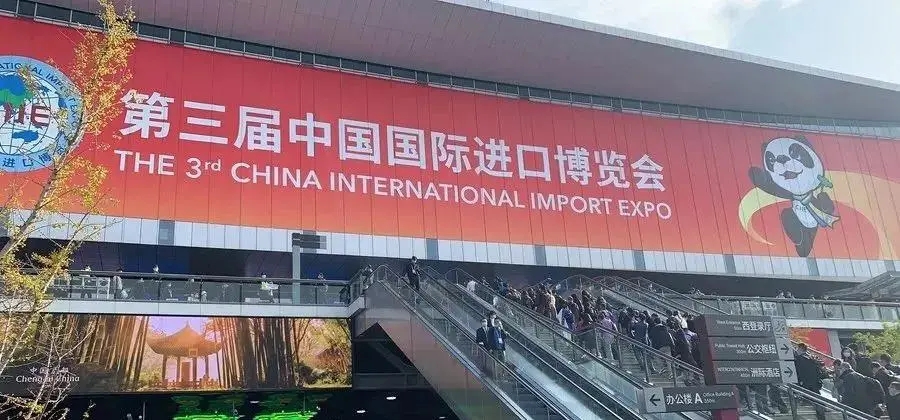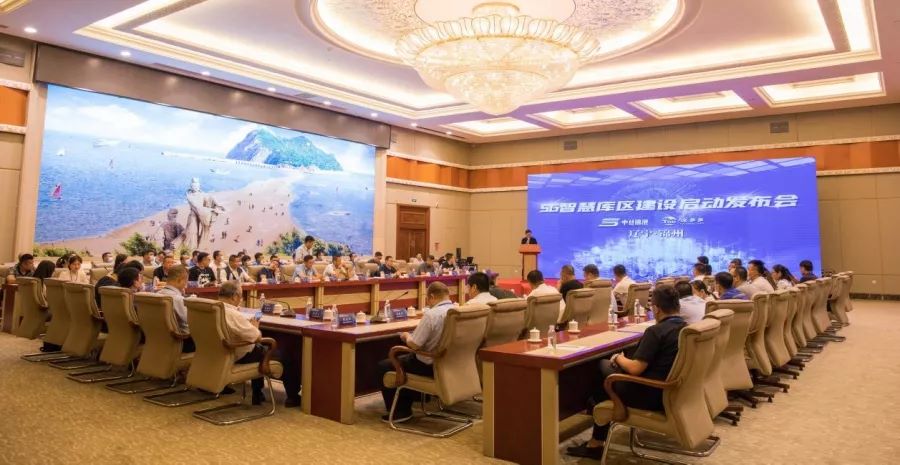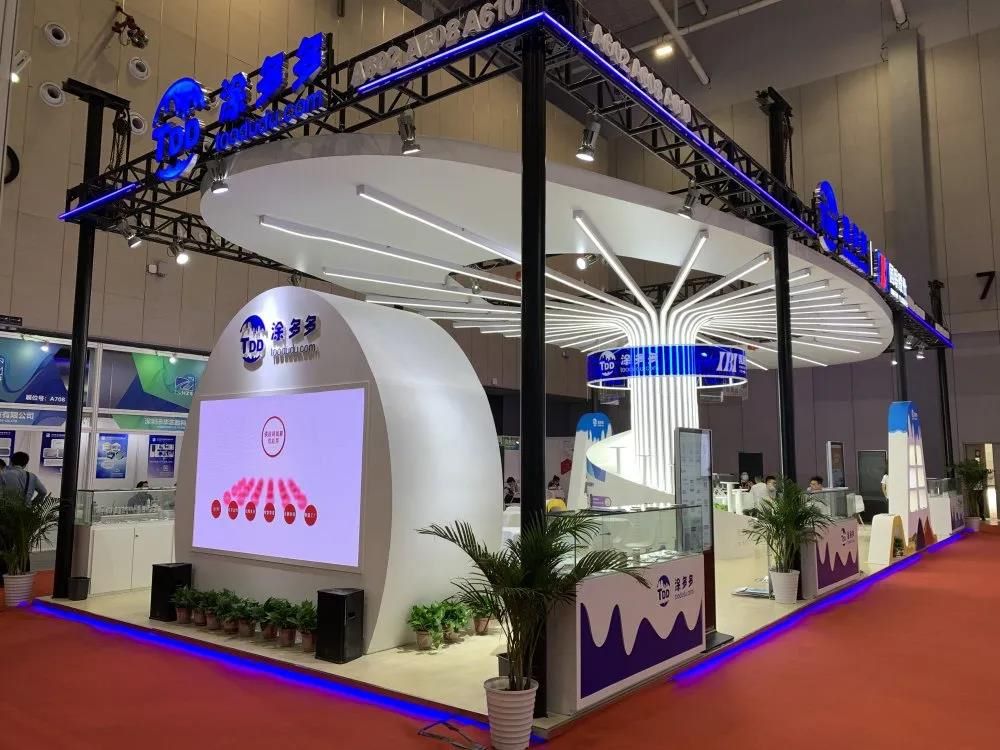June Rubber: Supply Glut & Weak Demand
As we enter June 2025, the rubber market is showing a trend of rapid price decline, and the weak situation seems difficult to reverse in the short term.
As a key raw material for tire production, the fluctuation of rubber prices not only affects the cost nerves of tire companies, but also reflects the subtle changes in the supply and demand relationship of the entire industrial chain.
The production of tires is inseparable from a variety of raw materials, among which natural rubber, synthetic rubber, carbon black, steel cord, etc. occupy an important position. Among these raw materials, the market dynamics of natural rubber are particularly noteworthy.
At present, the natural rubber producing areas in China and Vietnam have been fully harvested, and the output of new rubber has increased significantly, which has brought obvious supply pressure to the market.
Taking the production areas of Hainan and Yunnan in China as an example, with the rise in temperature and abundant precipitation, rubber trees are growing vigorously, rubber tapping work is progressing in an orderly manner, and a large amount of new rubber is pouring into the market.
The same is true in the production areas of Vietnam. Many rubber farmers have increased their efforts to tap rubber, hoping to obtain more benefits in the opening season.
In sharp contrast to the supply side, downstream demand continues to be weak. In the tire market, demand has not met expectations in both the supporting market and the replacement market.
The overall growth of the automobile industry is weak, and the sales of new cars have not achieved a significant increase, resulting in limited demand for tires.
Under the economic environment, the development of the logistics and transportation industry has been hindered, and the growth of freight volume has been slow, which has also led to poor replacement demand for commercial vehicle tires.
According to relevant data, the operating rates of many tire companies have declined recently, and some companies have even reduced their production capacity to cope with the dilemma of insufficient demand.
From the perspective of the overall supply and demand pattern of the market, the situation of oversupply of natural rubber has gradually become prominent.
The influx of a large amount of new rubber has led to a continuous increase in market inventory. The mountains of natural rubber piled up in ports and warehouses intuitively reflect the current situation of oversupply.
In the case that demand is difficult to effectively boost in the short term, this imbalance between supply and demand will continue to put downward pressure on prices.
Looking ahead, the natural rubber market still lacks sufficient favorable support in the short term. Unless extreme weather affects the output of the production area, or downstream demand suddenly increases significantly, there is a high possibility that prices will fall further.
In the current market environment, tire companies need to pay close attention to the trend of rubber prices, reasonably adjust procurement strategies, and reduce cost pressure by optimizing production processes and reducing energy consumption to cope with the challenges brought by fluctuations in raw material prices.











